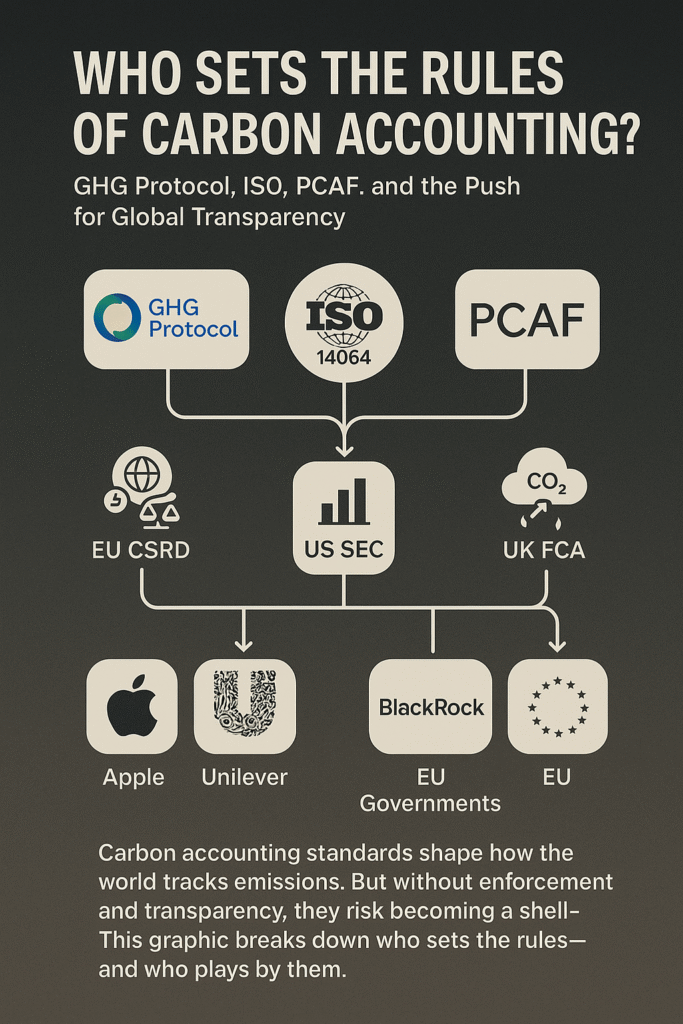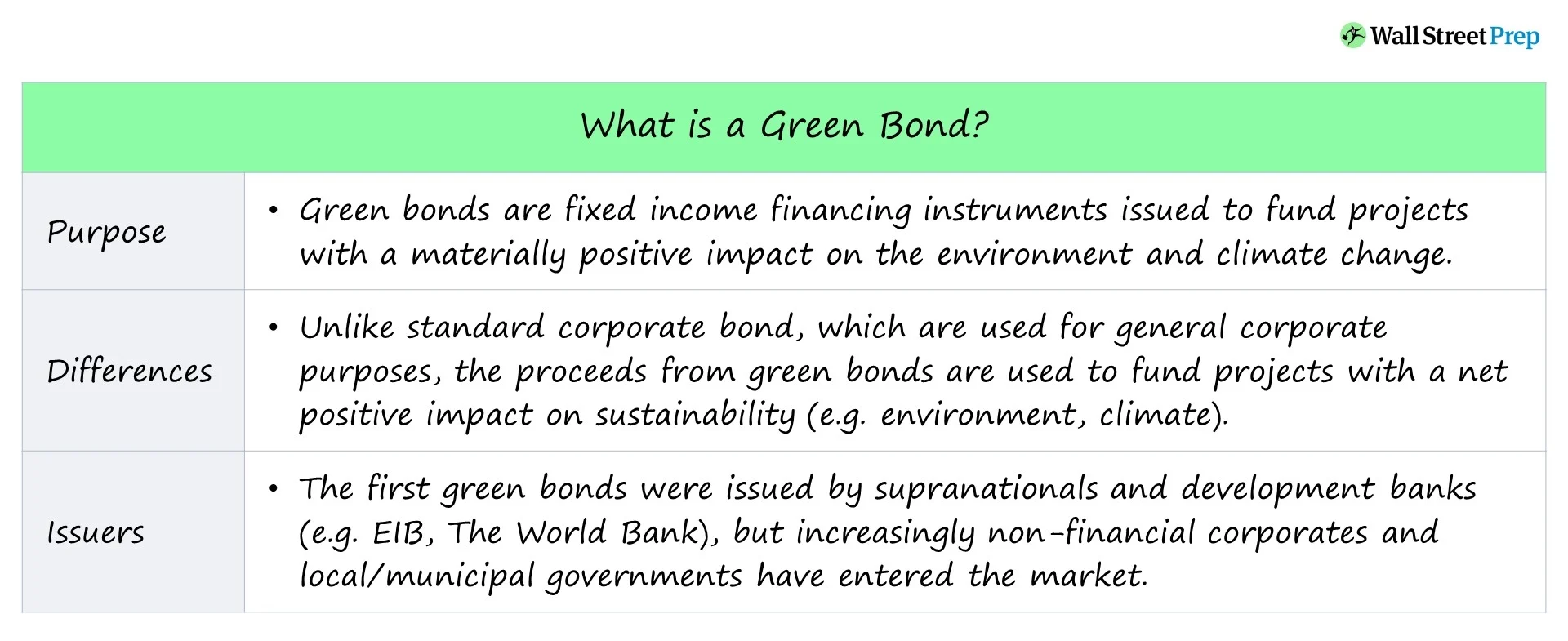Carbon accounting is the critical practice of quantifying and monitoring greenhouse gas (GHG) emissions across corporations, supply chains, and national economies. With the planet hurtling toward irreversible climate tipping points—evidenced by the UN’s stark 2023 report confirming a 1.5°C warming threshold breach—precise carbon accounting isn’t just beneficial: it’s non-negotiable. Yet, glaring inconsistencies persist.
Consider the 2024 ExxonMobil scandal, where internal audits revealed a 50% underreporting of Scope 3 emissions, or the EU’s damning investigation into Volkswagen’s “carbon-neutral” claims, debunked as greenwashing. Without stringent, universal standards, corporate climate pledges are little more than PR stunts—akin to BP’s widely discredited “Net Zero by 2050” campaign while intensifying fossil fuel investments.
The stakes? A 2023 IPCC warning: inconsistent accounting could derail the Paris Agreement, locking in 2.7°C of warming by 2100. Standardization isn’t just about transparency—it’s about survival. But who enforces it? While the GHG Protocol sets guidelines, enforcement remains toothless, as seen in the SEC’s watered-down 2024 climate disclosure rules under industry pressure. The question isn’t whether we need rules—it’s whether corporations and governments will finally be held accountable for flouting them. The clock is ticking.
Carbon accounting is the process of measuring and tracking greenhouse gas (GHG) emissions from organizations, projects, or entire economies. As countries and companies race toward net-zero targets, accurate carbon accounting becomes a cornerstone of credible climate action. Without a clear system for calculating emissions, efforts to mitigate climate change risk becoming inconsistent, ineffective, or misleading. Standardization is vital. It ensures transparency, enables comparisons, and builds trust. But who decides the rules? And who actually follows them?
This article examines the key players setting carbon accounting standards and explores how governments, industries, and investors are aligning with these frameworks.
1. The Need for Carbon Accounting Standards
Carbon accounting helps quantify emissions across three scopes:
- Scope 1: Direct emissions from owned or controlled sources.
- Scope 2: Indirect emissions from purchased electricity.
- Scope 3: All other indirect emissions across the value chain.
Without standardized methodologies, companies could selectively report emissions, exaggerate reductions, or obscure high-impact activities. The absence of clear rules opens the door to greenwashing, where claims of sustainability are more marketing than substance. The author suggests Standardized carbon accounting (SCA) supports, which is the backbone of credible climate action, enabling measurable progress across businesses, governments, and financial markets. Rigorous frameworks like the GHG Protocol, ISO 14064, and Science-Based Targets initiative (SBTi) provide the structure needed to ensure accuracy, comparability, and accountability. Below are its key functions, backed by real-world evidence:
- Business setting & Tracking Emission Reduction Targets
Why it matters: Without standardized metrics, corporate climate claims risk being misleading or outright fraudulent.
A 2023 study by Carbon Market Watch found that 58% of corporate net-zero pledges lack credible short-term targets, often due to inconsistent accounting methods.
Companies using SBTi-aligned methods (e.g., Microsoft, Unilever) show 30% faster decarbonization than peers relying on internal metrics (CDP, 2023).
ExxonMobil’s 2024 underreporting scandal revealed a 50% gap in Scope 3 emissions, exposing flaws in self-reported data.
Key Frameworks:
- GHG Protocol Corporate Standard (https://ghgprotocol.org)
- Science-Based Targets initiative (SBTi) (https://sciencebasedtargets.org)
- Governments: Designing Effective Climate Policies
Why it matters: National climate strategies depend on accurate emissions inventories to allocate resources and enforce regulations.
Evidence:
The EU’s Carbon Border Adjustment Mechanism (CBAM) relies on standardized accounting to prevent carbon leakage—estimated to save €10 billion annually in avoided emissions fraud (European Commission, 2023).
China’s national ETS, the world’s largest carbon market, faced early data manipulation scandals (2021) due to weak verification—later tightened with ISO 14064-3 audits.
The US SEC’s 2024 climate disclosure rules (though weakened) mandate Scope 1 & 2 reporting for listed firms, citing investor demand for standardized data.
Key Frameworks:
- ISO 14064 (https://www.iso.org/standard/66453.html)
- UNFCCC Reporting Guidelines (https://unfccc.int/transparency)
- Investors: Assessing ESG Performance & Climate Risk
Why it matters: $41 trillion in ESG assets (GSIA, 2022) depend on reliable emissions data to avoid greenwashing.
Evidence:
BlackRock’s 2023 report found that firms with strong carbon accounting had 18% lower volatility in climate-related financial risks.
The 2022 collapse of German ESG fund “DWS” (Deutsche Bank) followed revelations of inflated green metrics, costing investors $1.9 billion (Reuters, 2022).
CDP (Carbon Disclosure Project) data shows that companies with verified emissions attract 20% more green investment than peers (2023 Global Investor Survey).
Key Frameworks:
- Task Force on Climate-related Financial Disclosures (TCFD) (https://www.fsb-tcfd.org)
- International Sustainability Standards Board (ISSB) (https://www.ifrs.org/issb)
2. Key Organizations Setting Carbon Accounting Standards
Accurate and consistent carbon accounting relies on globally recognized frameworks developed by leading institutions. Below are the most influential standards, their roles, and real-world impacts:
A. International Standards & Frameworks
1. What is GHG Protocol?
Source of GHG Protocol: World Resources Institute (WRI) & World Business Council for Sustainable Development (WBCSD)
Highlight: The most widely used corporate GHG accounting standard, forming the basis for national regulations, carbon markets, and ESG reporting.
Why GHG protocol Matters:
- Used by 92% of Fortune 500 companies (WRI, 2023) for emissions reporting.
- Mandated in the EU Corporate Sustainability Reporting Directive (CSRD) and California’s SB 253 climate disclosure law.
- Exposed gaps in reporting: A 2023 Carbon Trust audit found 30% of firms misclassified Scope 3 emissions due to inconsistent GHG Protocol application.
Resources: https://ghgprotocol.org
2. ISO 14064
Source: International Organization for Standardization (ISO)
Highlight: Provides technical specifications for GHG quantification, verification, and reporting—critical for audits and compliance.
Why ISO 14064 Matters:
- Adopted by China’s national carbon market after early data fraud scandals (2021).
- Used in California’s cap-and-trade program to ensure third-party verification.
- Gold Standard for offsets: Projects under Verra and Gold Standard require ISO 14064-aligned monitoring.
Resources: https://www.iso.org/standard/66453.html
3. PCAF (Partnership for Carbon Accounting Financials)
Source: Global coalition of banks & investors
Highlight: Measures financed emissions (Scope 3, Category 15)—critical for assessing portfolio climate risk.
Why PCAF Matters?
- Used by 300+ financial institutions, including Bank of America, HSBC, and ING, representing $88 trillion in assets (PCAF, 2024).
- Revealed major gaps: A 2024 Bloomberg study showed EU banks underreported financed emissions by 40% before PCAF adoption.
- Integrated into TCFD/ISSB reporting to align financial sector disclosures.
Key Resources: https://carbonaccountingfinancials.com
Gaps in Standards?
These standards compete but also overlap—creating both harmonization and confusion. For example:
- Tesla’s 2023 ESG report used GHG Protocol for operations but PCAF for supply chain emissions, leading to criticism over consistency.
- Shell’s 2024 audit combined ISO 14064 with PCAF, revealing $2.3B in hidden fossil fuel financing emissions.
B. Government & Regulatory Bodies
- EU CSRD (Corporate Sustainability Reporting Directive): Requires companies operating in the EU to report standardized climate-related data from 2024 onward. It’s a major regulatory shift toward mandatory transparency.
- US SEC Climate Disclosure Rules: The U.S. Securities and Exchange Commission has proposed rules requiring public companies to disclose climate-related risks and emissions. While controversial, the move reflects growing regulatory momentum.
- Other Regions: Countries like the UK, Japan, and Australia are rolling out national frameworks and aligning with international standards to drive credible climate reporting.
C. Industry-Specific Initiatives
- SBTi (Science-Based Targets initiative): Validates whether companies’ emission reduction targets align with the Paris Agreement. It relies heavily on standardized carbon accounting for assessment.
- CDP (formerly Carbon Disclosure Project): Collects and publishes environmental data from thousands of companies. Though voluntary, CDP scores are influential among investors
3. Who Follows These Standards?
A. Corporations & Businesses
Large multinationals such as Microsoft, Apple, and Unilever have adopted the GHG Protocol as the foundation of their climate strategies. In regulated markets like the EU, compliance is mandatory. In voluntary markets, adoption varies. Companies with sustainability leadership positions often go beyond minimum requirements to boost credibility and investor confidence (CDP, 2024).
B. Financial Institutions & Investors
Banks and asset managers increasingly use PCAF to account for the carbon intensity of their portfolios. ESG investing is surging, with climate disclosures becoming a prerequisite for access to capital. According to BlackRock’s 2024 ESG report, 88% of institutional investors now consider carbon data in decision-making.
C. Governments & Public Sector
Governments also use standardized frameworks. The EU and California, for example, incorporate Scope 1-3 accounting into cap-and-trade and net-zero policies. The UK government has pledged net-zero by 2050 and mandates reporting in line with TCFD (Task Force on Climate-related Financial Disclosures).
4. Challenges and Criticisms
Despite progress, several challenges persist:
- Lack of universal enforcement: While frameworks exist, adherence often relies on voluntary reporting. Inconsistent application undermines comparability.
- Scope 3 complexity: Measuring upstream and downstream emissions is difficult. Supply chain opacity and data gaps limit reliability.
- Greenwashing risks: Loosely applied standards or self-selected metrics allow organizations to appear greener than they are.
As Green Govern Advisor, we note that, "Standards are only as strong as the enforcement behind them. Without audits, even the best frameworks risk becoming checkbox exercises."
5. The Future of Carbon Accounting Standards
Regulatory tightening is on the horizon. The EU’s CSRD is expanding to cover 50,000 companies. The SEC is expected to finalize disclosure rules soon. These developments mark a shift from voluntary to mandatory carbon reporting.
Technological innovations also show promise. AI and blockchain are being tested to track emissions in real time, improve data quality, and flag inconsistencies automatically (IEA, 2024).
Experts are calling for global harmonization. A unified standard would reduce fragmentation, lower compliance costs, and enhance comparability across markets. The International Sustainability Standards Board (ISSB) is working toward this goal.
Conclusion
Carbon accounting standards are critical for credible climate action. The GHG Protocol, ISO, PCAF, and others provide the frameworks, while regulators like the EU and SEC drive adoption. From corporations and financial institutions to public agencies, more actors are joining the movement. Still, challenges around enforcement, data quality, and Scope 3 persist. The path forward involves tighter regulations, better technology, and potentially a global standard. Businesses and policymakers alike must prioritize transparency to ensure carbon accounting lives up to its promise as a tool for real climate impact.
References :
- Andrade, M., Ramaswami, A., & Chavez, A. (2019). Carbon accounting approaches and reporting gaps in urban emissions: An analysis of cross-sectoral GHG inventory methods. Environmental Science & Policy, [online] Available at: https://www.researchgate.net/publication/336751819_Carbon_accounting_approaches_and_reporting_gaps_in_urban_emissions [Accessed 24 Jun. 2025].
- CDP (2024). CDP Global Environmental Report 2024. [online] CDP. Available at: https://www.cdp.net/en/research/global-reports [Accessed 24 Jun. 2025].
- IEA (2024). Energy and AI: The Next Frontier in Climate Data. [online] International Energy Agency. Available at: https://www.iea.org/reports/energy-and-ai [Accessed 24 Jun. 2025].
- PCAF (2023). The Global GHG Accounting and Reporting Standard for the Financial Industry. [pdf] Partnership for Carbon Accounting Financials. Available at: https://carbonaccountingfinancials.com/files/institutions_downloads/ias-2023-climate-finance-2023-en.pdf [Accessed 24 Jun. 2025].
- World Resources Institute & WBCSD (2023). GHG Protocol: A Corporate Accounting and Reporting Standard. [online] Available at: https://ghgprotocol.org [Accessed 24 Jun. 2025].
- Marlowe, J. and Clarke, A. (2022). Carbon Accounting: A Systematic Literature Review and Directions for Future Research. Global Finance, [online] Available at: https://www.aimspress.com/article/doi/10.3934/GF.2022004 [Accessed 24 Jun. 2025].







4 Responses
Your prose moves with calm intention. Each sentence carries meaning without urgency, guiding the reader toward quiet observation and thoughtful consideration.
There is soft rhythm in your writing, where each sentence rises and falls with deliberate grace. The text encourages attentive reading, reflection, and mindful awareness of layered nuance.
Thank you for the sensible critique. Me & my neighbor were just preparing to do some research on this. We got a grab a book from our area library but I think I learned more clear from this post. I’m very glad to see such wonderful information being shared freely out there.
I simply needed to say thanks again. I’m not certain the things I might have made to happen without the tactics revealed by you concerning such subject. It had been a very depressing circumstance in my opinion, nevertheless viewing this professional mode you processed that made me to weep over joy. Now i’m grateful for this information and as well , have high hopes you comprehend what a powerful job you happen to be getting into educating men and women using your web page. I am sure you’ve never encountered any of us.